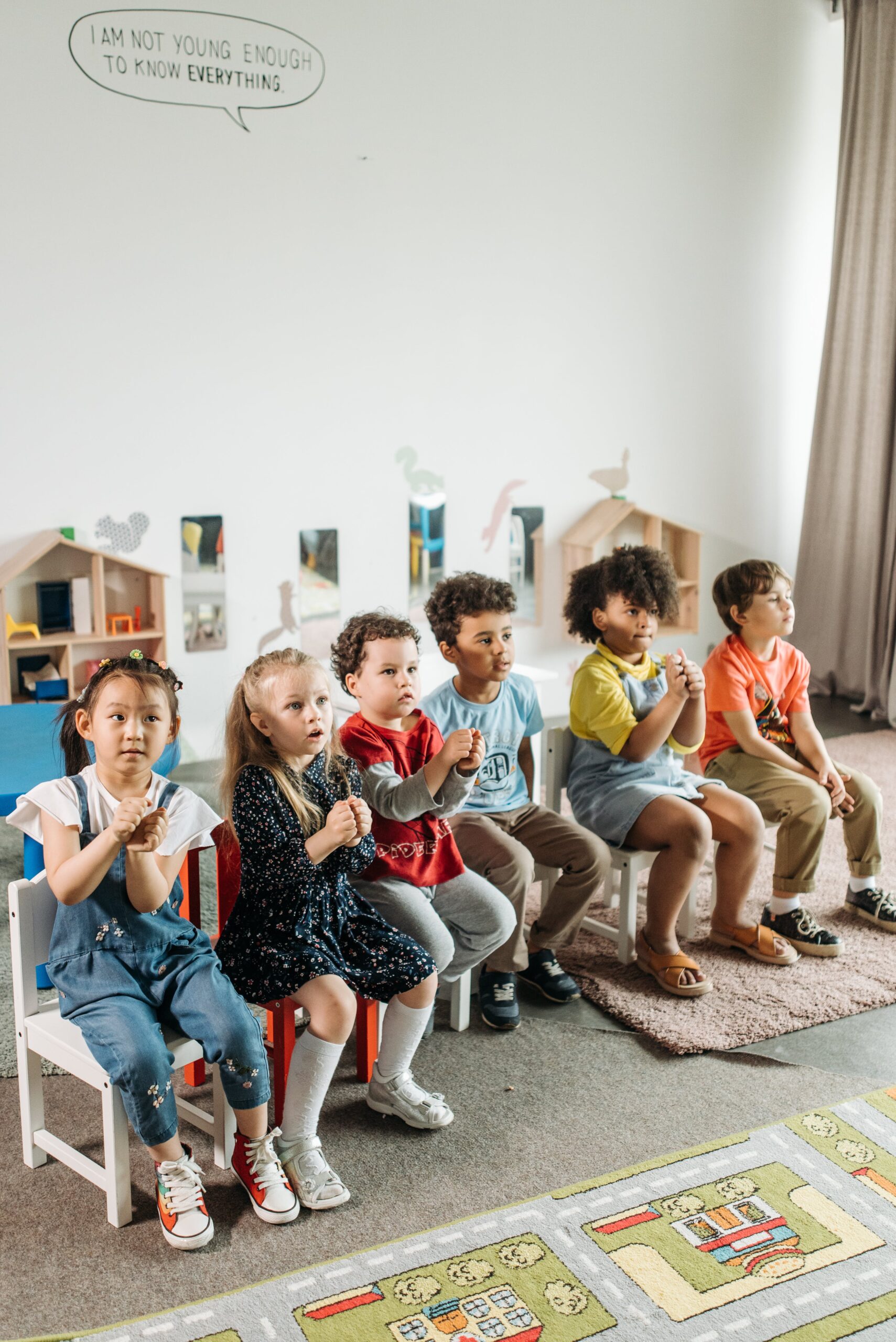In the realm of special education, designing and implementing a comprehensive curriculum plan is essential for providing meaningful and effective instruction tailored to the unique needs of students. A well-crafted curriculum plan serves as a roadmap for educators, guiding them in meeting individualized learning goals and promoting academic, social, and emotional growth. In this guide, we outline eight essential steps to develop a special education curriculum plan that fosters student success and inclusivity.
Identify Individual Student Needs:
The first step in developing a special education curriculum plan is to conduct a thorough assessment of each student’s strengths, challenges, and learning preferences. This process may involve reviewing academic records, conducting diagnostic assessments, and gathering input from parents, caregivers, and other professionals involved in the student’s education. By gaining a comprehensive understanding of each student’s unique needs, educators can tailor instruction and support to address specific areas of difficulty and promote academic progress.
Establish Clear Learning Objectives:
Once individual student needs have been identified, the next step is to establish clear and measurable learning objectives aligned with academic standards and developmental benchmarks. These objectives should be specific, achievable, and relevant to each student’s abilities and interests. By articulating clear learning goals, educators can ensure that instruction is targeted and focused, maximizing the potential for student growth and achievement.
Develop Individualized Education Plans (IEPs):
Individualized Education Plans (IEPs) are legal documents that outline the specific accommodations, modifications, and support services that students with disabilities are entitled to receive under the Individuals with Disabilities Education Act (IDEA). Collaborating with parents, caregivers, and other members of the IEP team, educators should develop IEPs that reflect each student’s unique needs, goals, and preferences. These plans serve as the foundation for developing a specialized curriculum that meets the diverse needs of students with disabilities.
Adapt Curriculum Materials and Resources:
In developing a special education curriculum plan, it’s essential to adapt curriculum materials and resources to meet the diverse needs of students with disabilities. This may involve modifying textbooks, worksheets, and instructional materials to make them accessible and engaging for students with different learning styles and abilities. Additionally, educators should incorporate a variety of multimedia resources, assistive technologies, and hands-on activities to enhance student engagement and promote active learning.
Differentiate Instruction:
Differentiated instruction is a key component of effective special education curriculum planning, allowing educators to tailor instruction to meet the individual needs of students with disabilities. This may involve varying the pace, complexity, and format of instruction to accommodate diverse learning styles and abilities. Educators should also provide multiple means of representation, expression, and engagement to ensure that all students can access and participate in the curriculum effectively.
Implement Evidence-Based Practices:
When developing a special education curriculum plan, it’s important to incorporate evidence-based practices and instructional strategies that have been shown to be effective in supporting students with disabilities. This may include techniques such as explicit instruction, peer-mediated learning, and cooperative learning, as well as interventions targeting specific areas of difficulty, such as reading comprehension or social skills development. By basing curriculum decisions on research-based evidence, educators can ensure that instruction is effective and aligned with best practices in the field of special education.
Monitor Progress and Adjust Instruction:
Ongoing assessment and progress monitoring are essential components of effective special education curriculum planning. Educators should regularly assess student progress towards established learning goals and objectives, using a variety of assessment tools and techniques to measure academic achievement, skill development, and social-emotional growth. Based on assessment data, educators should adjust instruction as needed, modifying teaching strategies, accommodations, and support services to address emerging needs and promote continued progress.
Foster Collaboration and Communication:
Collaboration and communication are essential for successful special education curriculum planning. Educators should work closely with parents, caregivers, and other professionals involved in the student’s education to ensure that curriculum plans are aligned with student needs and goals. Regular communication channels should be established to facilitate ongoing feedback, sharing of information, and collaboration on curriculum development and implementation. By fostering a collaborative partnership among all stakeholders, educators can ensure that curriculum plans are comprehensive, responsive, and supportive of student success.
In conclusion, developing a special education curriculum plan requires careful consideration of individual student needs, clear learning objectives, and evidence-based instructional practices. By following these eight steps and fostering collaboration among all stakeholders, educators can create a curriculum that is inclusive, responsive, and supportive of the diverse needs of students with disabilities. Through thoughtful planning, adaptation, and differentiation, educators can provide meaningful and effective instruction that promotes academic achievement, social-emotional growth, and lifelong learning for students with special needs.







